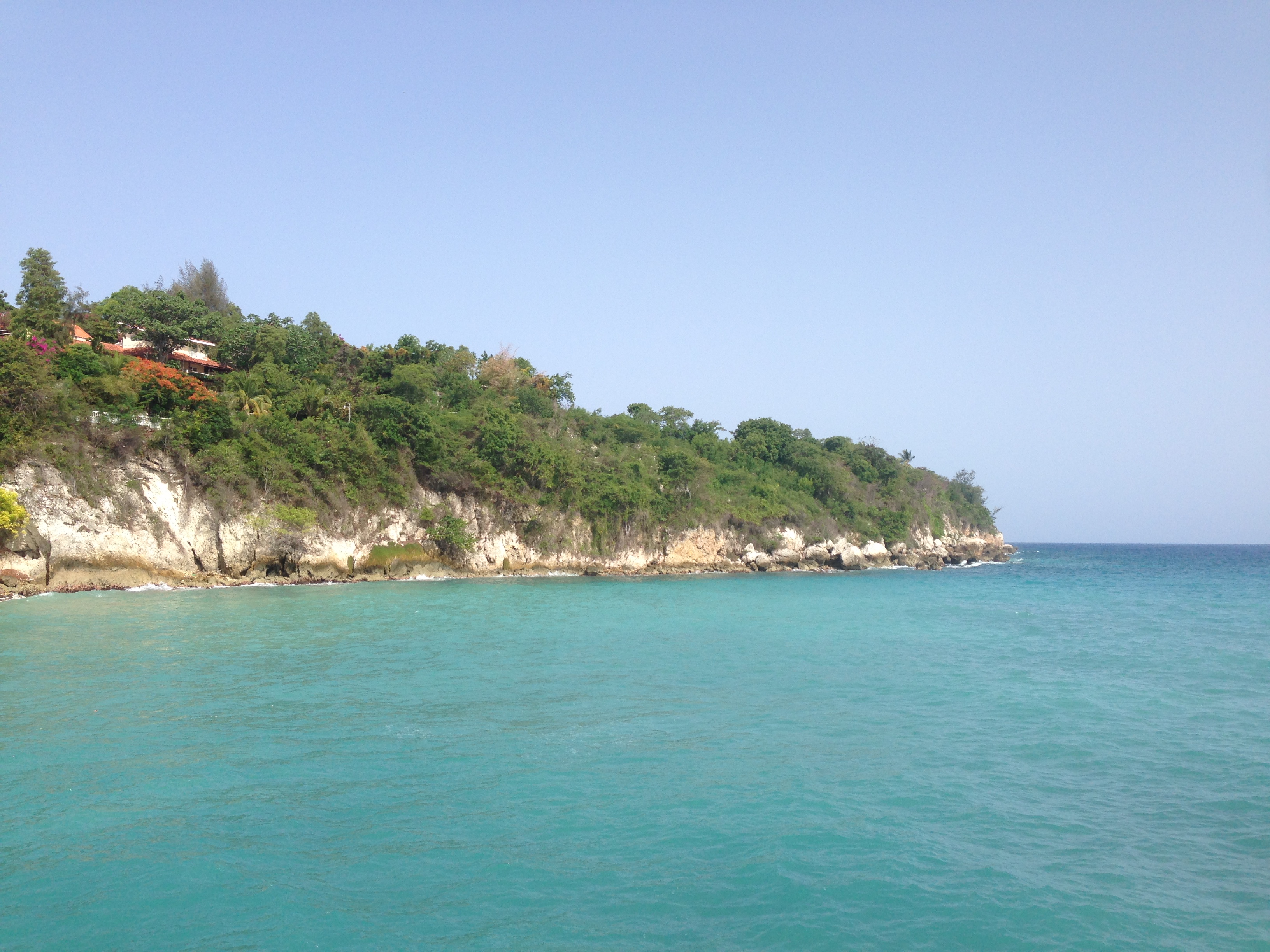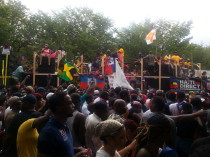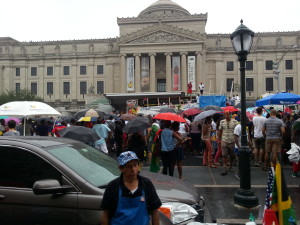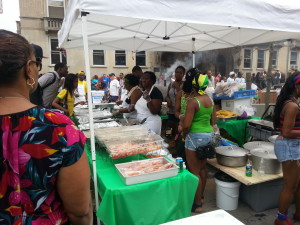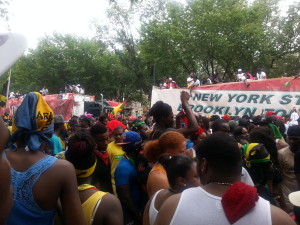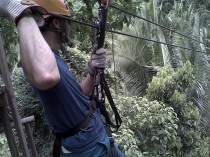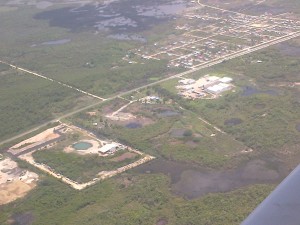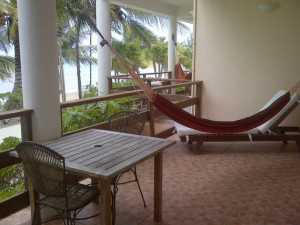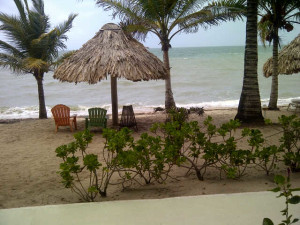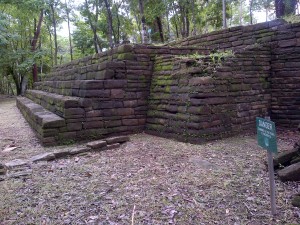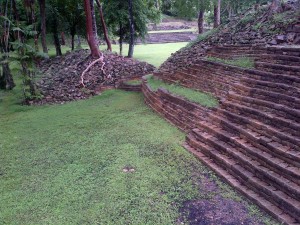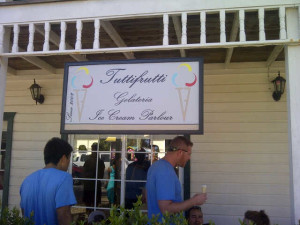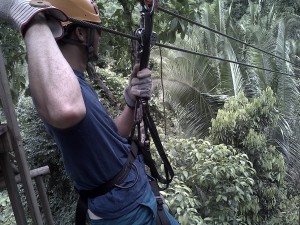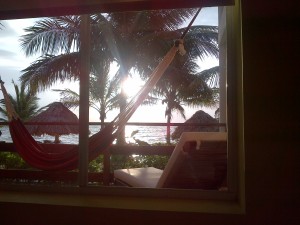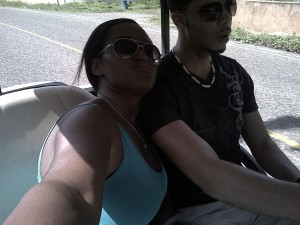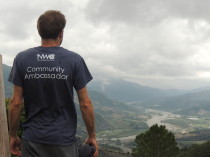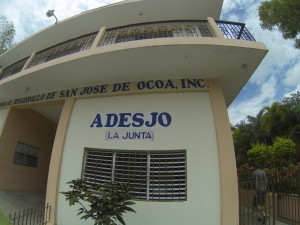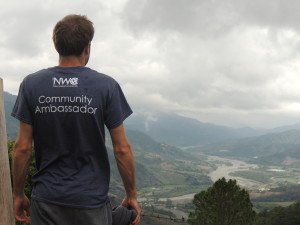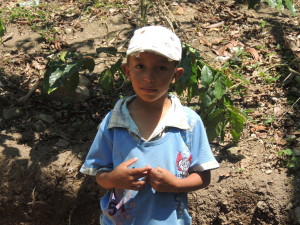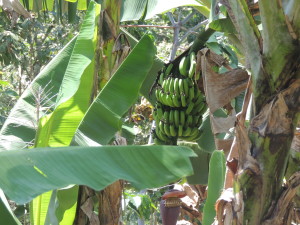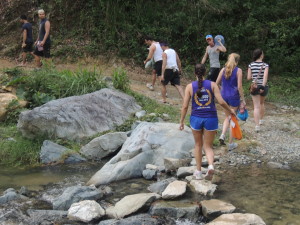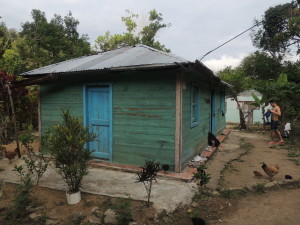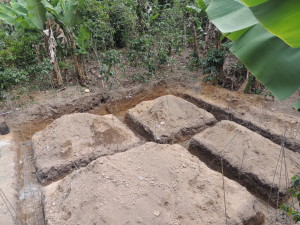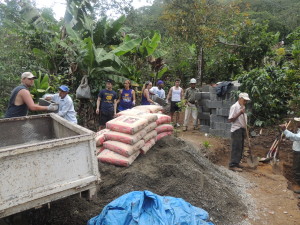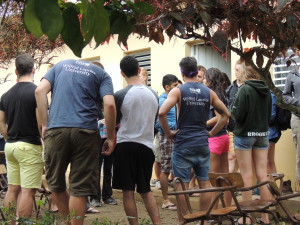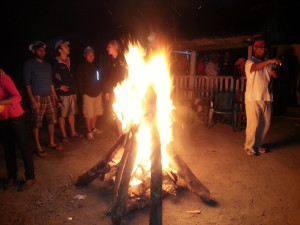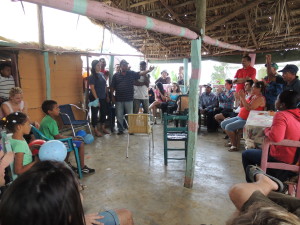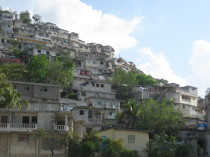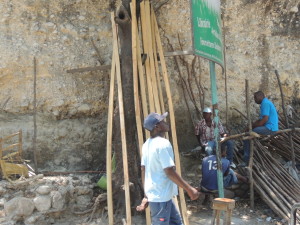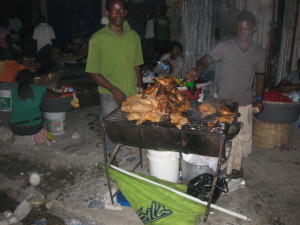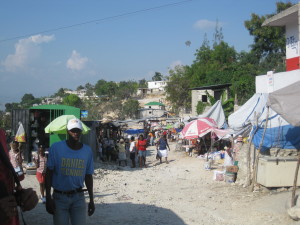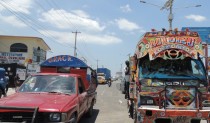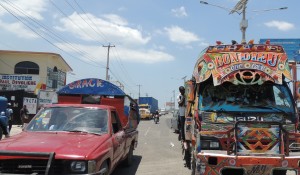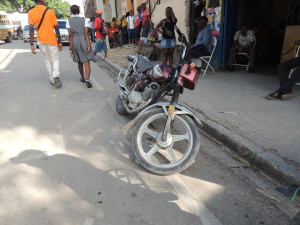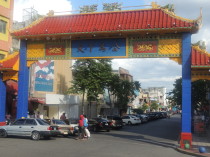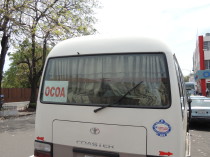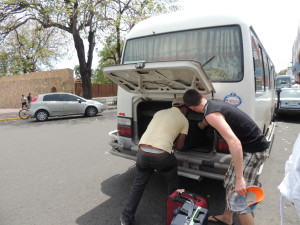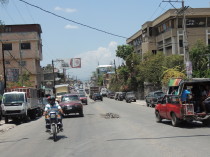El Conde
If you are a tourist in Santo Domingo such as myself. The Typical tourist spot is located in the Conde or El Conde, it starts on the intersection of Calle Palo Hincado and continues down to the Harbor. This one street goes down a little more than 2 miles, you can find hotels, hostels, restaurants, tourist gift shops, cellphone stores, massage, paintings, barbershops, bars, clubs, historic sites, and street performers. El Conde is a one stop shop to everything you need.
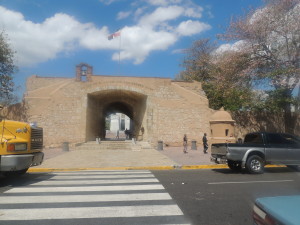
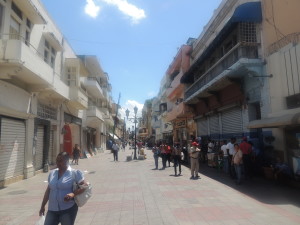
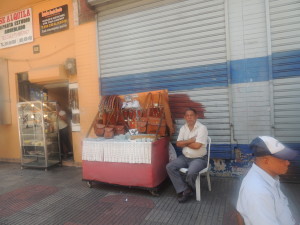
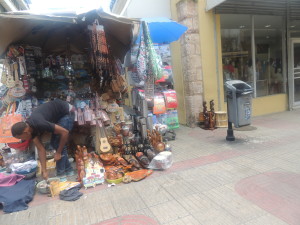
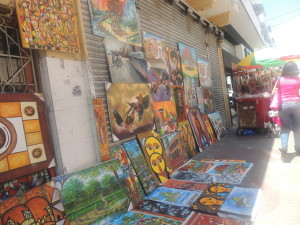 Chinatown or Barrio Chino
Chinatown or Barrio Chino
Chinatown or Barrio Chino is your other option to shopping in Santo Domingo. If you are feeling a little more adventurous and want to practice your bargaining skills, Barrio Chino is the place for you. You can either walk to Barrio Chino, take the bus, or a taxi. Walking takes about 15 minutes from El Conde, take Av.Mella. Make sure you get a map if its your first time. Like El Conde, you can find everything you want in Barrio Chino but for a cheaper price. Just make sure you check the quality before purchasing. In that same area, you will find alleyways of people selling and doing hair, sugarcane, and different types street foods.
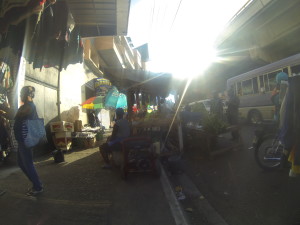
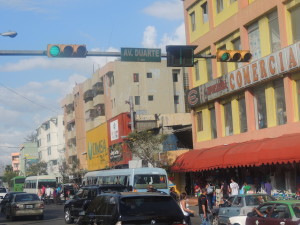 Thrift shops and stores around Barrio Chino
Thrift shops and stores around Barrio Chino
Intersections such as Ravelo and Juana Saltitopa, Ave. Jose Marti, and nearby streets a filled with street vendors selling jeans, fruits, sandals, jeans, CD's, movies, belts, shoes, shirts and anything else you could think of. Similar to Barrio Chino, they are very cheap and you can bargain with the vendors to get a better prices. The place is usually packed with tourists and locals looking for great deals.
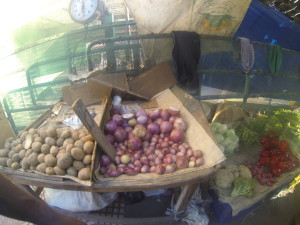
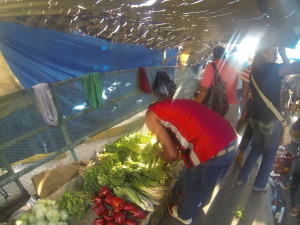
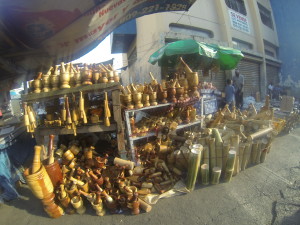
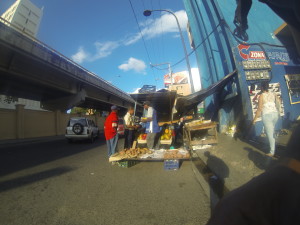
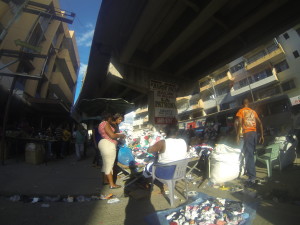 The Malls
The Malls
The Mega malls are also a great place to shop. If you don’t like to bargain, these places are great to walk around and enjoy the Air conditioned environment. The malls offer local and international products.
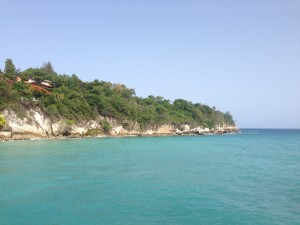 When we got to the entrance of La saline, the view was beautiful. On the shoulders of the rocks there were beautiful homes, one had a beautiful deck; the colors on the homes were beautiful. There were kids playing, swimming, eating, listening to great music and enjoying their time. I immediately felt lucky that my friend told me about this place and I was able to share that moment with my friend that came along the ride. We got to an area where most of the moto taxis and some cars were stationed and got off.
When we got to the entrance of La saline, the view was beautiful. On the shoulders of the rocks there were beautiful homes, one had a beautiful deck; the colors on the homes were beautiful. There were kids playing, swimming, eating, listening to great music and enjoying their time. I immediately felt lucky that my friend told me about this place and I was able to share that moment with my friend that came along the ride. We got to an area where most of the moto taxis and some cars were stationed and got off.
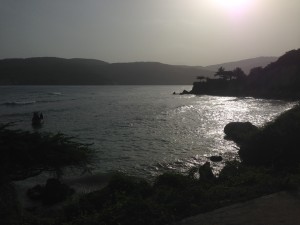 We walked over to this cliff area where we could see out into the ocean and the area that the locals were swimming. The only thing I wish I had were some swimming drunks and something to drink. We decided to sit down and watch everyone else run out into the ocean. Little crabs were crawling near the cliff and the ocean was crashing into the rocks. The sound of the water crashing was beautiful. For a moment, I fell asleep because it was so relaxing.
We walked over to this cliff area where we could see out into the ocean and the area that the locals were swimming. The only thing I wish I had were some swimming drunks and something to drink. We decided to sit down and watch everyone else run out into the ocean. Little crabs were crawling near the cliff and the ocean was crashing into the rocks. The sound of the water crashing was beautiful. For a moment, I fell asleep because it was so relaxing.
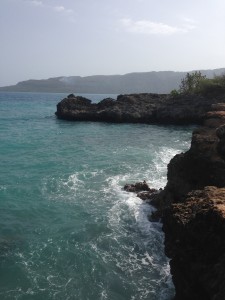 Being at La Saline was one of the best moments of living in Jacmel. It’s a hidden gem that needs to be publicized more. Whenever I return to Jacmel, I will be sure to bring some swimming trunks a few drinks and head out to La Saline.
Being at La Saline was one of the best moments of living in Jacmel. It’s a hidden gem that needs to be publicized more. Whenever I return to Jacmel, I will be sure to bring some swimming trunks a few drinks and head out to La Saline.
